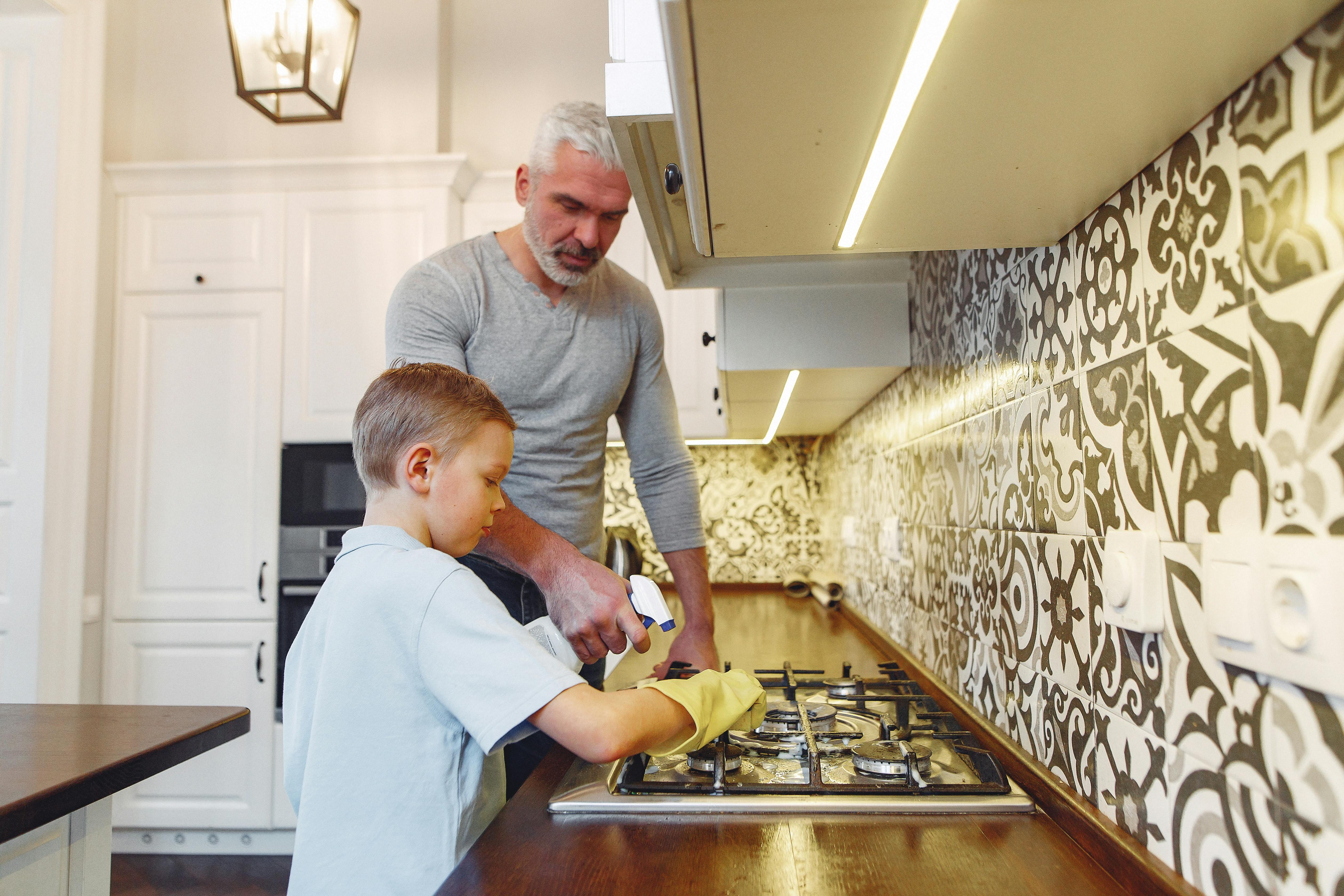
Cleanliness is good for business
Let’s face it, cleaning is good! Who doesn’t like to put on clean clothes, walk into a clean house, drive a clean car?
Sometimes, however, we forget the importance of keeping things clean, both at home and at work. It can be a struggle to eliminate the spread of germs and keep up with general cleanliness in the workplace. The good news is that there are a few key things you can do to help keep your facility clean, efficient, and safe!
Killing Germs at Work with Handwashing Basics and Wet Wipes
First of all, stay home when you are sick! This is probably the easiest way to prevent the spread of germs that cause colds and flu. If you has to be present at work when you are sick, there are a few other options to consider:
- Handwashing : Use appropriate methods for thorough hand washing. A common rule of thumb is to wash your hands in lukewarm water with wet wipes or sanitizing gel. Encourage your coworkers to wash their hands frequently, as germs can live for several hours on various surfaces.
- Disinfect surfaces : To properly disinfect surfaces, you can use a bleach solution (about 1-2 teaspoons per gallon of cold water) or commercially available sprays and cleaners (use according to manufacturer’s instructions). For best results when using a bleach solution, spray it on and let it dry. Be sure to prepare fresh bleach solutions frequently, as the effectiveness of the solution diminishes over time.
Good cleaning benefits
Maintaining a clean and orderly facility is excellent for eliminating hazards and reducing injury and illness. There are many benefits of a good cleaning:
- Conservation of space, equipment, operating materials, time and effort.
- Protecting product, materials, and personnel results in smaller inventories, fewer accidents, compensation claims, and instances of damaged merchandise.
- Decreased probability of fires.
- An improvement in morale through a clean and orderly workplace.
It is common sense that a facility that is well maintained will be less likely to present hazards. Workplaces present hazards when walkways and exits are blocked, when debris litters the floor, or when tools and equipment are simply not put away. A messy, cluttered workplace lends itself to slips, trips, and falls.
Before leaving an area, assess it to make sure it is free of potential hazards. Below is a checklist to help:
- Check the area for debris and other hazards such as oil spills, broken paddles, loose wires, and belting.
- Put tools and equipment back in place
- Make sure personal belongings are locked up or under control
- Make sure switches, lights, and equipment are turned off
- In traffic areas, remove power cords before they cause problems for forklift operators or pedestrians.
suggested solutions
Here are some best practice solutions that can help keep facilities clean and more productive.
- Hand sanitizing wipes
- Disinfecting wipes for hard surfaces
- Well-stocked and smartly located spill kits to handle large spills and leaks
- Sorbents to contain machinery leaks to prevent slipping hazards
- Shelf liners to catch drips from tools and equipment